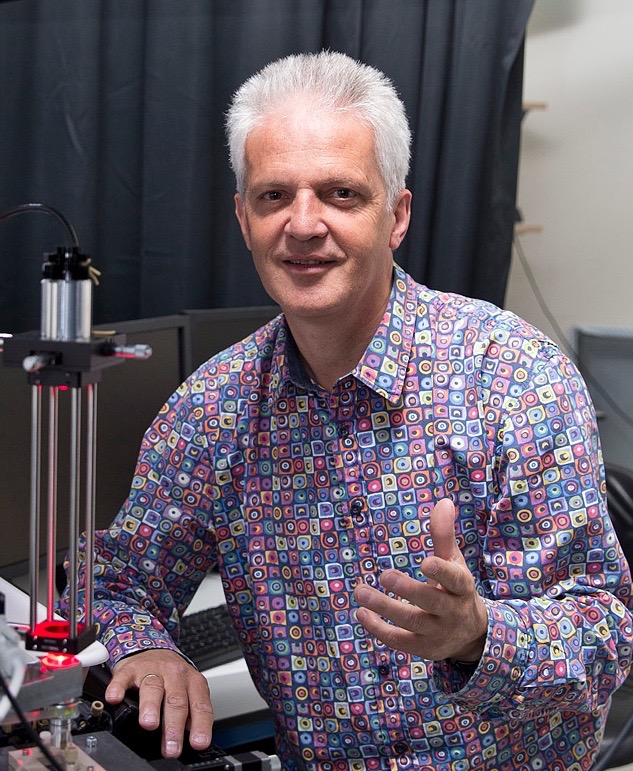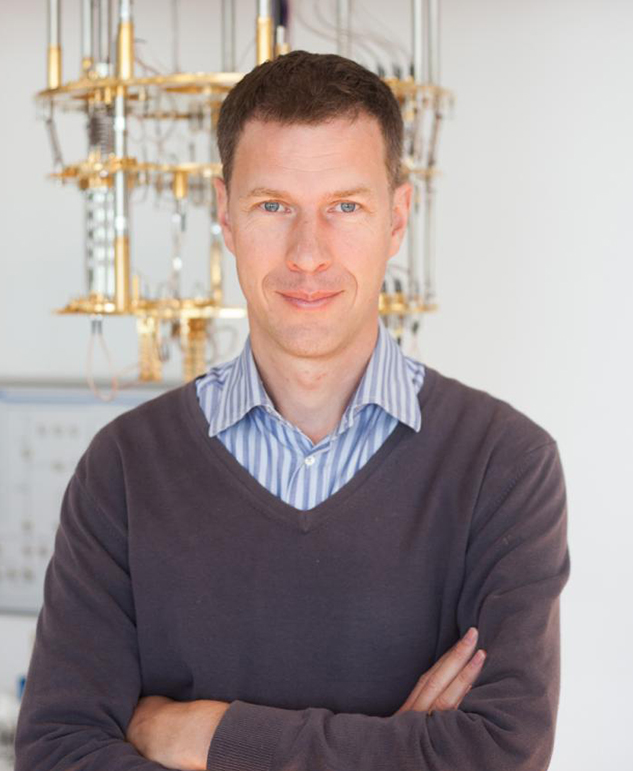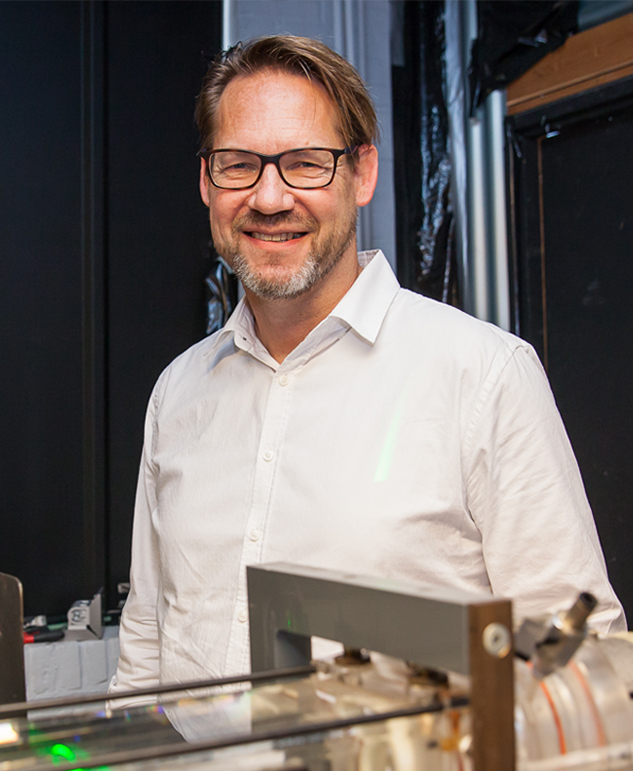ERC Advanced grants for TU Delft researchers
Three TU Delft researchers have been awarded an ERC Advanced Grant. Cees Dekker, Jerry Westerweel and Lieven Vandersypen will receive this European grant, which is awarded to five-year projects conducted by internationally established research leaders.
Cees Dekker - Building a chromosome from the bottom up
How is DNA organized in our cells? In 2018, Cees Dekker had a breakthrough that made headlines. His research group recorded on video how a protein complex extrudes loops in the DNA to pack the genetic material into compact chromosomes. Early this year, he discovered a new kind of DNA loops, called 'Z-loops'. Dekker: "With this ERC Advanced Grant, my group can spend the next five years researching how our DNA is organised into chromosomes, which change shape all the time during a cell's life cycle," says Dekker. "In recent years, it has become clear that the spatial arrangement of chromosomes is crucial to their biological function. We are going to figure out exactly how their structure and function are related".
More information
Lieven Vandersypen - Performing quantum simulations with an experimental model system
Aristotle’s phrase ‘The whole is greater than the sum of its parts’ applies perfectly to Lieven Vandersypen’s research on so-called ‘quantum many body systems’. In these systems, quantum particles interact with one another, leading to phenomena such as quantum magnetism and superconductivity. The complexity of these systems makes them very difficult to model on conventional computers. Instead of using a computer, Vandersypen therefore uses a model quantum system. Vandersypen: “By constructing experimental model systems, we hope to get new insight into some of the biggest open problems in condensed matter physics, and to reveal new physics.”
More information
Jerry Westerweel – Impulsive flows
Impulsive flows occur around objects that undergo a strong acceleration. This causes also a strong motion of the surrounding fluid, and additional forces, such as drag and lift. These flows are far more complex than the theoretical concepts laid down almost a century ago, and do not provide an accurate description of these forces that can be 2-3 times larger than predicted. These flows have hardly been investigated because in most flow facilities, such as wind tunnels and towing tanks, the flow velocity of velocity of an object is kept constant, or at most is periodic.
More information
More information about ERC Grants
ERC press release
List of grantees


